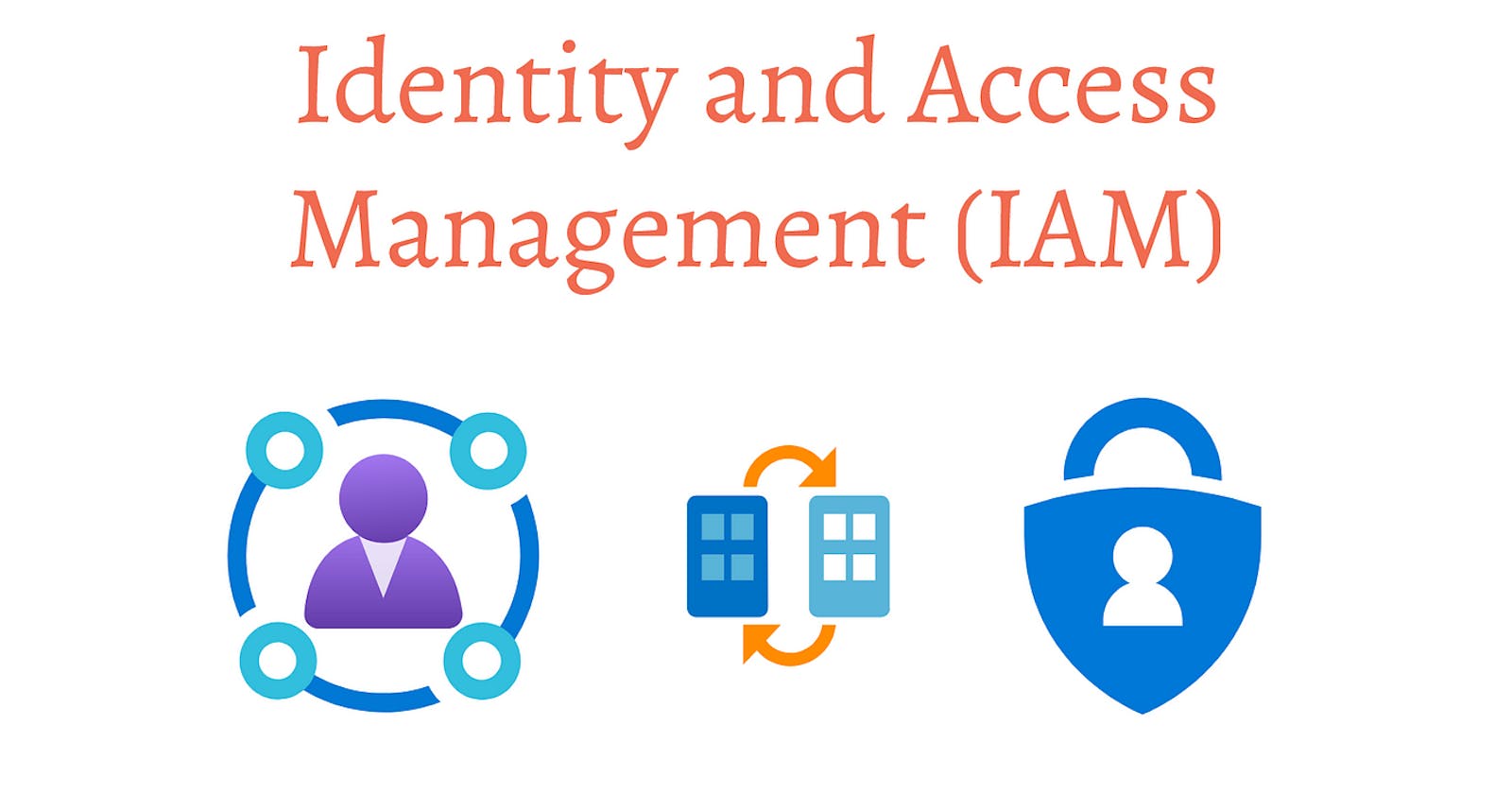Introduction
In the realm of cloud computing, security is paramount. As businesses migrate their operations to the cloud, they must ensure that their data and resources are protected from unauthorized access. Azure Identity and Access Management (IAM) plays a crucial role in safeguarding these assets within the Microsoft Azure ecosystem. In this blog post, we'll delve into the intricacies of Azure IAM, exploring its key components, best practices, and implementation strategies.
Understanding Azure IAM: Azure IAM is a robust framework that enables organizations to manage access to their Azure resources securely. At its core, Azure IAM revolves around three fundamental concepts: identities, roles, and permissions.
Identities:
Azure Active Directory (Azure AD) serves as the cornerstone of identity management in Azure.
Azure AD allows organizations to centralize user identities and enforce authentication and authorization policies across their Azure resources.
Users, groups, and service principals are the primary types of identities managed within Azure AD.
Roles:
Azure IAM employs role-based access control (RBAC) to regulate access to Azure resources.
Roles define a set of permissions that dictate what actions users can perform within Azure.
Azure provides built-in roles such as Owner, Contributor, and Reader, as well as the ability to create custom roles tailored to specific organizational requirements.
Permissions:
Permissions specify the actions that users are authorized to perform on Azure resources.
Each role comprises a collection of permissions, which are granted or denied based on the role assigned to a user or group.
Best Practices for Azure IAM
Implementing Azure IAM effectively involves adhering to a set of best practices to enhance security and streamline access management:
Principle of Least Privilege: Grant users the minimum level of access required to perform their job responsibilities.
Role Hierarchy: Establish a clear role hierarchy to simplify access management and ensure consistency across the organization.
Regular Audits: Conduct periodic audits of user access rights and permissions to identify and mitigate security risks.
Multi-Factor Authentication (MFA): Enforce MFA for critical Azure AD accounts to add an extra layer of security.
Conditional Access Policies: Leverage conditional access policies to enforce granular access controls based on user context and risk factors.
Implementing Azure IAM with Terraform
Terraform is a popular infrastructure as code (IaC) tool that enables automated provisioning and management of cloud resources. Let's explore how to use Terraform to deploy Azure IAM components:
# Define Azure provider
provider "azurerm" {
features {}
}
# Create Azure AD user
resource "azurerm_user" "example_user" {
display_name = "exampleuser"
user_principal_name = "exampleuser@yourdomain.onmicrosoft.com"
}
# Create Azure AD group
resource "azurerm_ad_group" "example_group" {
display_name = "examplegroup"
description = "Example Azure AD group"
}
# Create Azure role assignment
resource "azurerm_role_assignment" "example_assignment" {
scope = "/subscriptions/your_subscription_id"
role_definition_id = "b24988ac-6180-42a0-ab88-20f7382dd24c" # Contributor role ID
principal_id = azurerm_user.example_user.id
}
# Add user to Azure AD group
resource "azurerm_ad_group_member" "example_group_member" {
group_object_id = azurerm_ad_group.example_group.id
member_object_id = azurerm_user.example_user.id
}
This Terraform code snippet demonstrates the creation of an Azure AD user, group, role assignment, and adding the user to the group. Ensure you replace placeholders with actual values such as subscription ID and user details.
Conclusion
Azure IAM is a critical component of securing Azure resources and maintaining regulatory compliance. By understanding its core principles and adopting best practices, organizations can effectively manage access to their Azure environment while minimizing security risks. Leveraging tools like Terraform further enhances the automation and scalability of Azure IAM implementations, empowering organizations to streamline their cloud operations securely.
Remember, the cloud is vast, and Azure is your key to unlocking its full potential. Join us tomorrow as we dive deeper into the azure depths, uncovering more treasures that await on our journey through the cloud. Until then, happy exploring!
Thank you for Reading:)
#Happy Reading!!
Any query and suggestion are always welcome -Nehal IngoleorTwitter

